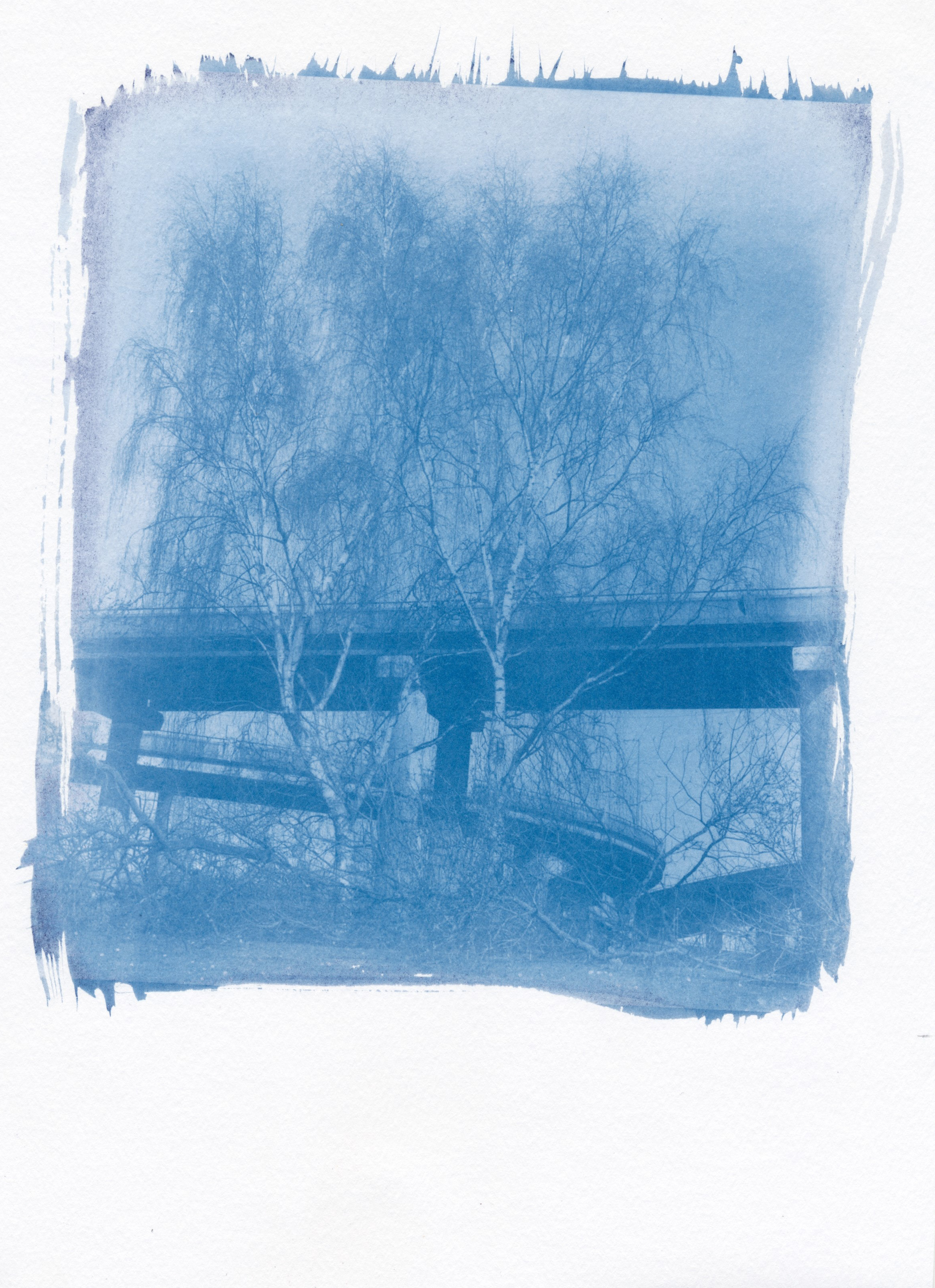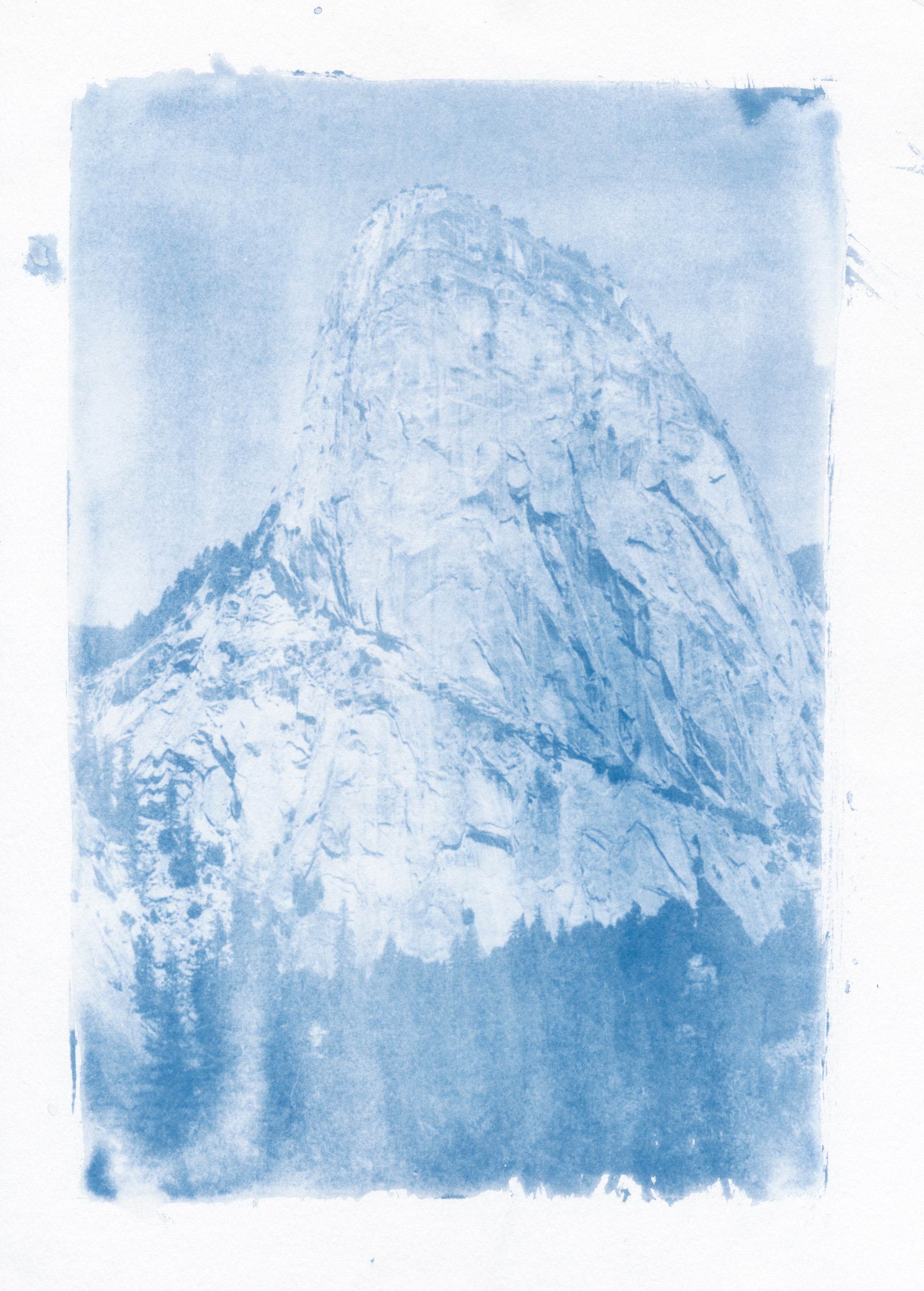The creative impulse comes from a fundamental need to remember. Taking a picture can stop time, keeping the things we love alive. Firing a shutter takes an instant but gives you all the time in the world to reflect upon it, amplifying the emotions found in that moment.
There was a time that you might just have one good photograph to be kept with you forever - your wedding day or a child’s first steps. Over a lifetime, the oils of your skin degrade the image, years of sun bleach away the colour and the edges fray from being passed between friends. The reconstruction that moment intensifies its significance over time and the damage becomes part of the memory, changing as you do.
In our hyper connected world the increased simplicity of image-making and sharing has completely changed our relationship with time and memory. If every waking moment is recorded and saved, can anything really be forgotten?








































